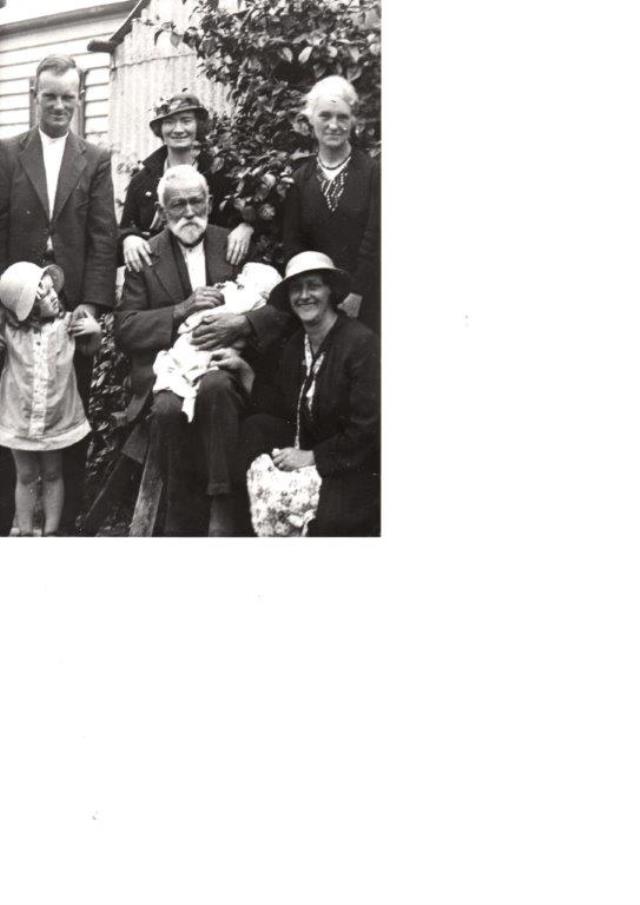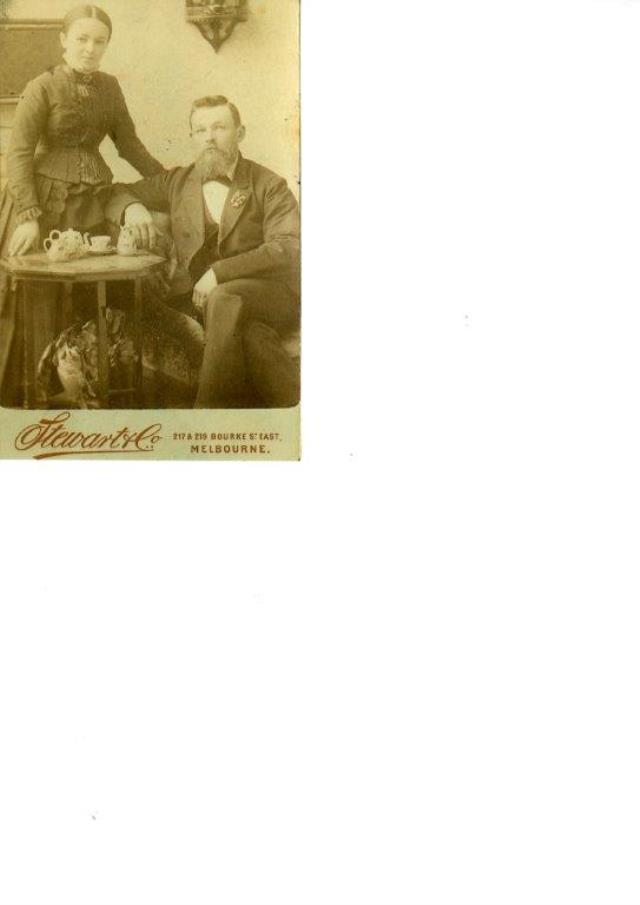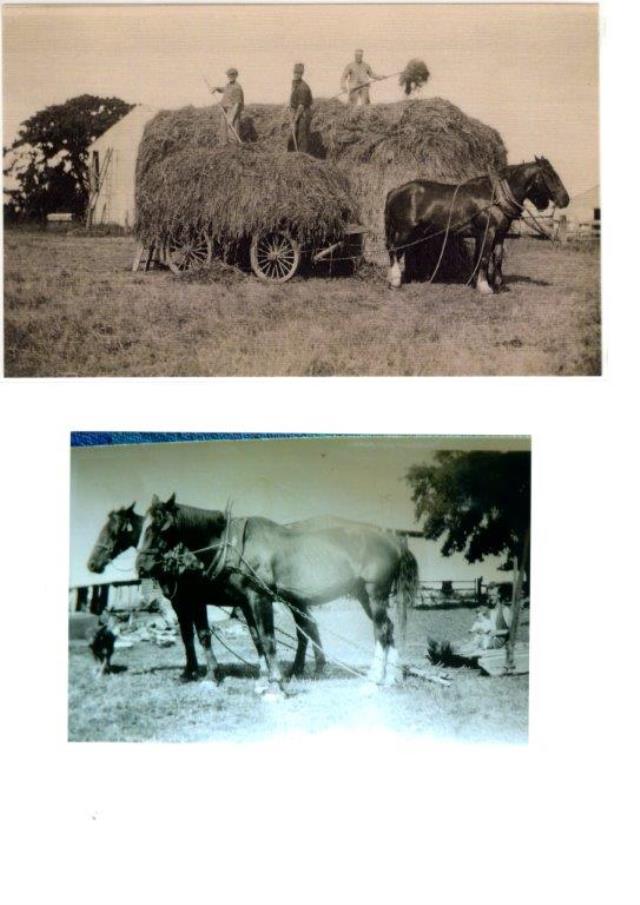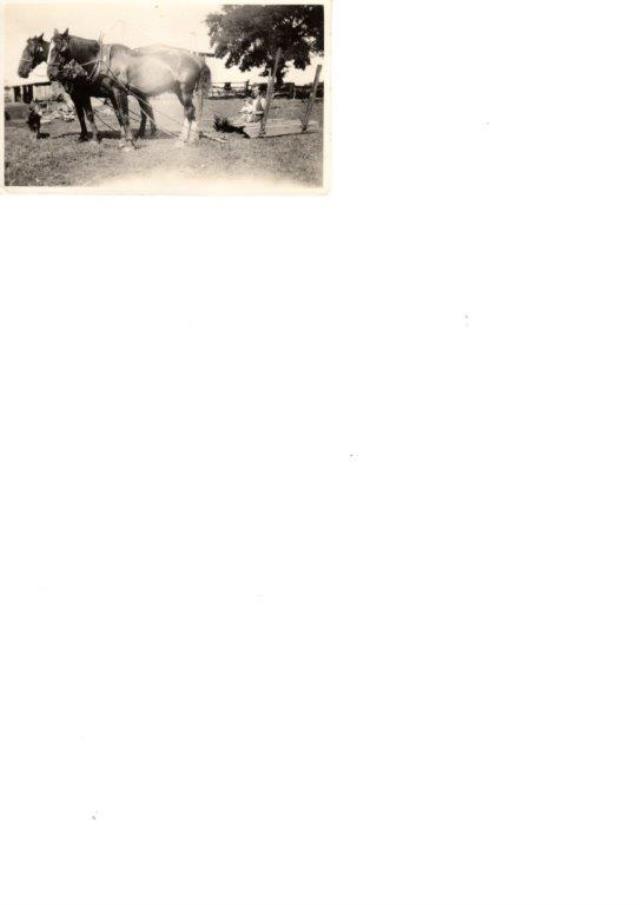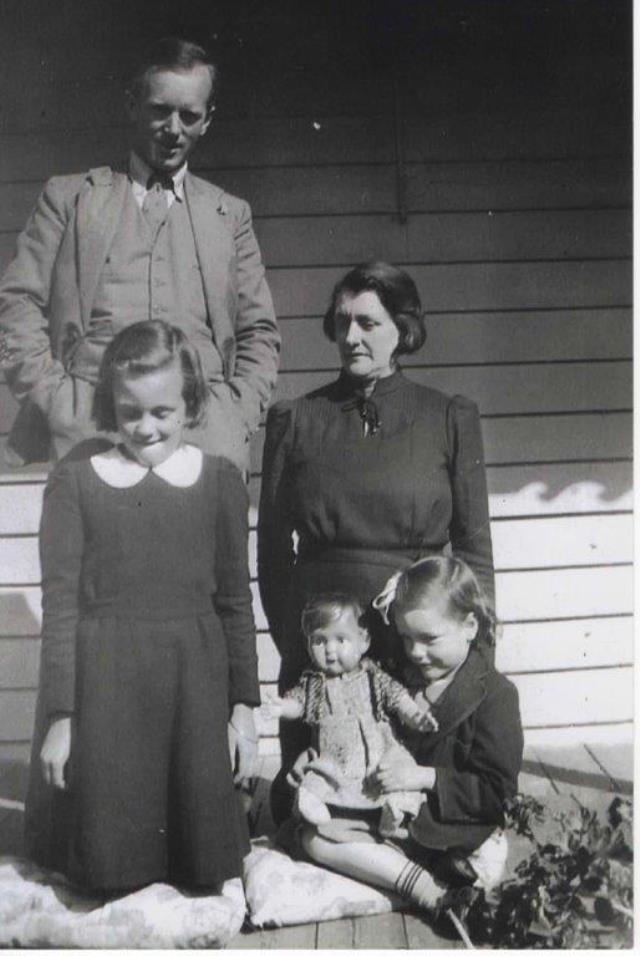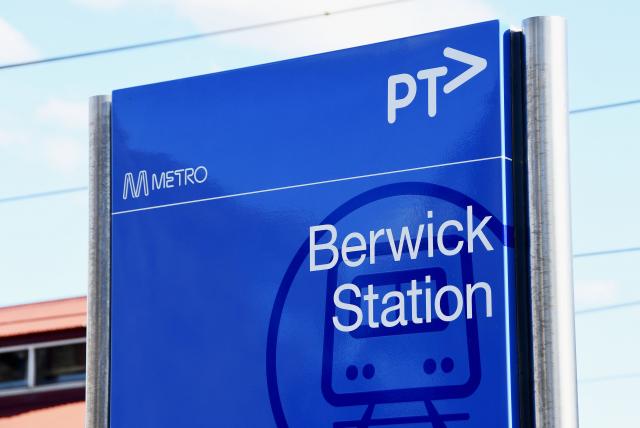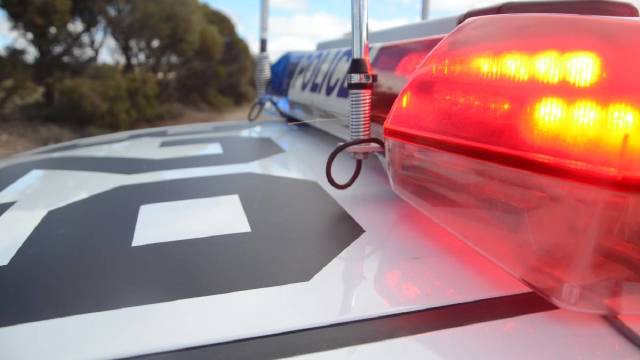The Hillbrichs were one of the Berwick/Harkaway area’s early pioneering families and the large number of children produced in the first and second generations from 1849 has resulted in many family members still living in the district.
Johann Gottlieb Hillbrich was born in Gorlitz Prussia in 1814.
In 1841 at the age of 27 he married local girl 20-year-old Maria Wagner. Their first child Johann Gottlieb Ernest was born in the following year, and his siblings Maria Clara Auguste (known as Clara) in 1843 and Gustav Whilhelm in 1846.
Difficulties in Prussia at this time saw many of the Lutheran population emigrate to other countries. The Hillbrichs chose Australia for their new life and booked passage on the 304 ton Wappaus, arriving at Port Phillip on 6 March 1849.
Johann’s occupation on the list of passengers was recorded as “slater” (a tradesman who slates tiles rooves).
Initially the Hillbrichs established in Warrnambool, where their fourth and fifth children were born – Maria Ann in 1850 and Augusta Emma in 1852.
Johann was keen to acquire land to farm. As an immigrant from Europe he was not allowed by law to own land. But having adopted Australia as his new homeland he sought and obtained a “Certificate of Naturalisation”.
Two mates, John Straub and John Walther, whom he had come to know well on the Wappaus, joined Johann in March 1853 in purchasing 320 acres (118 hectares) where Johann took up farming on the property which fronted onto Blackburn Road in Doncaster. During their time at Doncaster the sixth child Emilie Christina was born.
Hillbrich, as a Lutheran, was part of a community of immigrants from Germany and would most likely have been part of the German-speaking immigrants in Melbourne who had begun worshipping in the Independent Chapel in Collins Street (site of the current St Michael’s Uniting Church).
This group raised funds, obtained a grant of land from the government and constructed the Trinity Lutheran Church, which opened in June 1854.
One of the church wardens was Ernst Wanke, who lived in Bourke Street Melbourne. Wanke and his Lutheran friend Johann Koenig took on a project – to establish a Lutheran community out in the hills to Melbourne’s east.
They chose Harkaway and within three weeks of each other in 1853 purchased 1237 acres (458 hectares) at Harkaway where over time a number of Lutherans joined the new community purchasing portions of Wanke and Koenig’s land.
Johann Hilbrich must have become aware of this development, for in less than two years after purchasing the land at Doncaster, he sold his land and purchased 320 acres (119 hectares) of land at Berwick fronting Hessel Road with the Gippsland Road (now Princes Highway) as his southern boundary.
His farm was on the west side of Hessel Road and he named it Sunnyside. In those days properties fronting Hessel Road were known as being located in Harkaway. This road at its southern end connected with the Gippsland Road to the west of Parkhill Drive (along the alignment of Grant Close).
The Hillbrichs established a dairy farm and enlarged their family with four further children – Paulina Johanna, Paul Edward, Edward Paul and Julius Adolphus.
Their family continued to operate the dairy farm for more than 100 years. Maria Hillbrich died in 1888 and Johann in 1899 at the age of 85 years.
Johann and Maria’s son Johann Gottlieb Ernest (known as Ernest) married local Harkaway girl Maria Schoppe in 1866 in his parent’s house and continued assisting his father with the dairy farm, which he operated following his father’s retirement.
Ernest and Maria produced 11 children – Ernest, Edward, Anna, John, Agnes, Herbert, Lucy, Alfred, Florence, Harold and Emma.
All Johann Gottlieb’s (Ernest) siblings, except for his sister Emilie, also achieved great numbers of children.
Maria married Peter Brisbane and they produced six children, Gustav and Jessie Neame 10 children, Maria Ann and Anthony Kent 7 children, Emilie and Charles Kershaw one child, Paulina and Freidrich Uebergang eight children, Edward and Johanna Jackel seven children and Julius and Emily Leeson 11 children.
The original immigrants Johann and Maria had 61 grandchildren! At least seven of their grandsons served in World War I and sadly three did not return, each being killed in action in France. Maria and Anthony Kent lost two of their sons, Alfred and Norman, and Gustav and Jessie lost Norman.
A difficult financial situation in the late 1890’s saw Ernest sell 60 acres of his land fronting the Gippsland Road. The advertisement described the land as “containing some of the richest land (mostly flats) in this justly famous farming district, well fenced and subdivided, cleared and watered, and situate within one mile of Narre Warren Railway Station.”
The land was sold at auction to the next door neighbours the Sweeneys.
There was a great feed of fish at the Hillbrich’s in March 1906 when the local paper reported a huge catch in Western Port by a fishing party from Narre Warren – one of the party was E. Hillbrich. The paper noted “the catch represented 500 whiting and 200 other fish, including sharks”.
In the following year a most successful haymaking was undertaken at Sunnyside and Ernest and his team stacked the hay neatly in the hay shed. It was first class hay and one of the finest in the district. Alas, spontaneous combustion from the heat in the stack resulted in a huge fire which completely destroyed the barn and the 40 tons of hay within, as well as the adjoining cowshed which was razed to the ground.
Ernest retired from the farm and died a few years later in October 1914. He had been a regular member of the Berwick Church of Christ so his funeral was conducted at the Lutheran Cemetery at Harkaway by Mr Horace Kingsbury of that church.
As a mark of respect to Ernest’s memory the church Sunday School postponed its anniversary celebrations by three weeks.
Ernest’s brothers Edward and Julius continued to work the farm and the Berwick Show records indicate that Julius won first prize for his pair of farm horses at the 1916 show.
Edward decided to leave the farm in 1917 and a clearing sale was organised for 20 April advertising Edward’s “choice dairy herd, horses, etc” detailed as “21 cows in full profit, 5 springers, Ayrshire bull, horses – 1 4yr old medium draught, 1 bay mare, 1 aged mare, jinker pony, 1 2yr old medium gelding, 1 heavy draught mare, 2 2yr old medium draught fillies”. Also for sale were ploughs, chaffcutter, harrows, roller, scarifier, a separator and 18 milk cans.
Following Edward and Julius ceasing dairy farming, the property was divided into at least two sections.
Edward retained 100 acres in the centre of the property and the remaining 140 acres was disposed of.
Edward remained living at Sunnyside until his death in 1937.
Stan Hillbrich (Ernest’s nephew, the son of Edward Paul Hillbrich) leased the 100 acres from Edward dairy farmed there until the late 1950s.
Another side venture was the breeding of foxhounds which he bred from greyhounds and foxhounds – an advertisement in the Weekly Times in 1952 offered for sale “Foxhound x Greyhound Dog Pups, best all round hunting dogs, 10 weeks old, 3 pounds”.
The land was ripe for residential development which occurred in the 1970s and 80s with the creation of the Timbarra Estate by the Urban Land Authority.
The Hillbrichs were one of the Berwick/Harkaway area’s early pioneering families and the large number of children produced in the first and second generations from 1849 has resulted in many family members still living in the district.
The Hillbrichs have contributed to the community in all manner of ways and the naming of Hillbrick Court recognises this (Hillbrick is the anglicised version of the Prussian name – interestingly the surname Hillbrick was used by army recruitment when the Hillbrich boys volunteered for service in the First World War).



